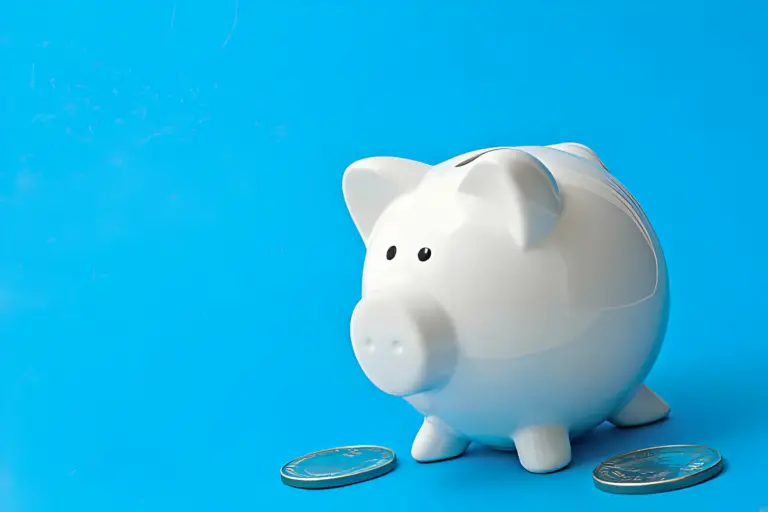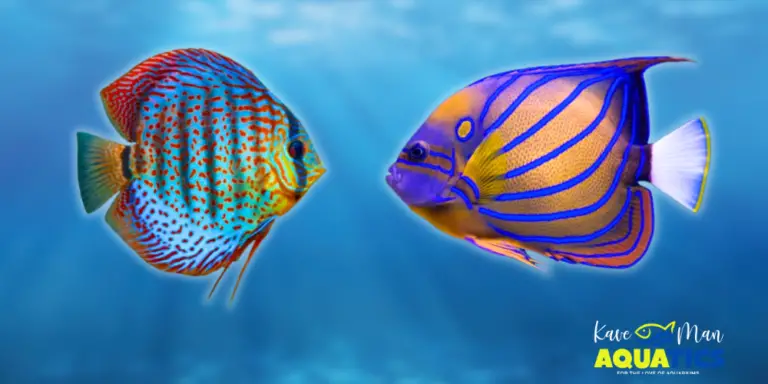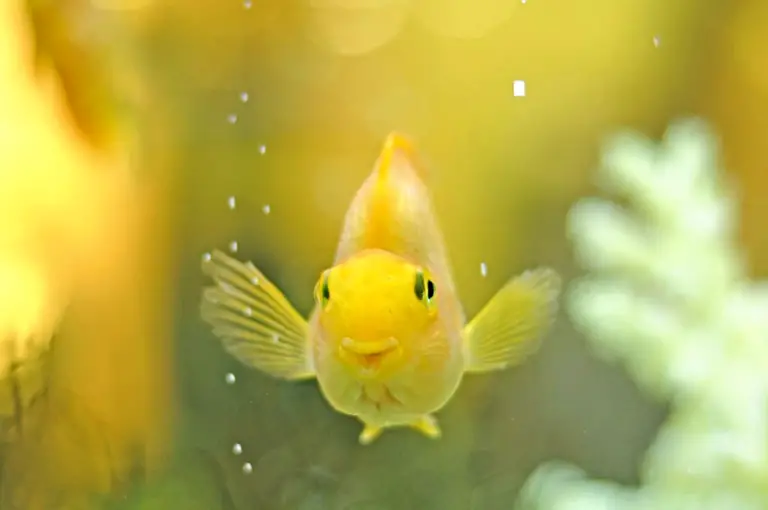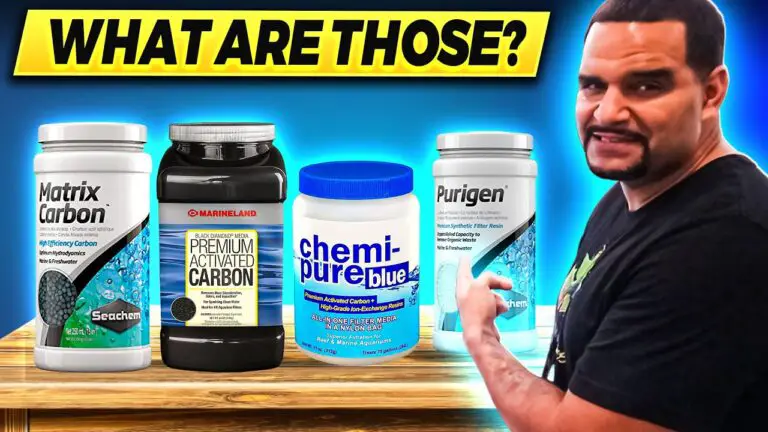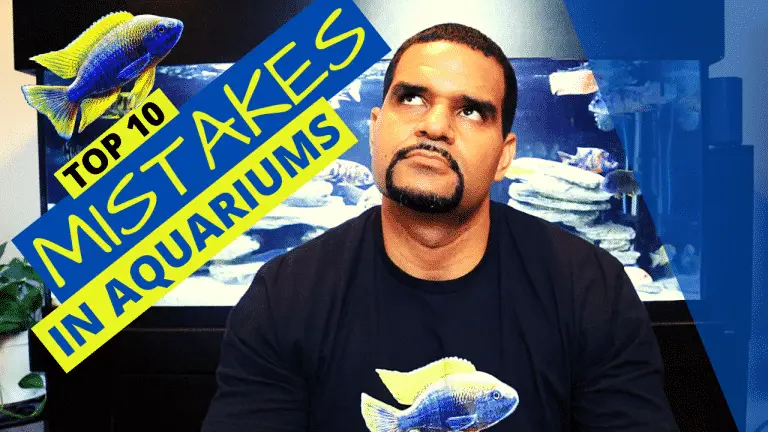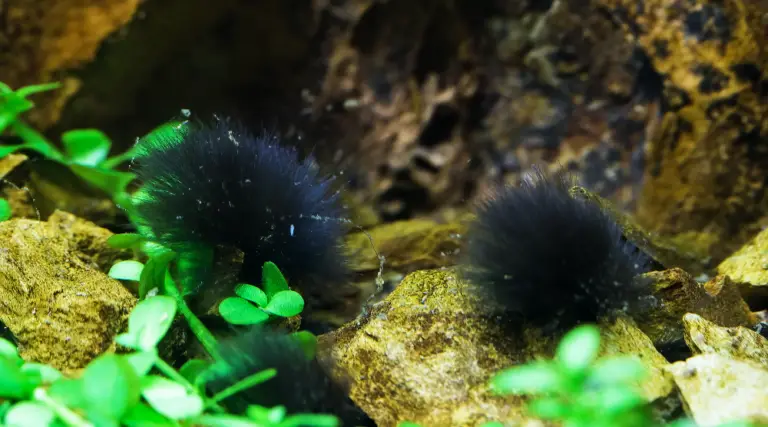Aquarium Nitrogen Cycle: A Simple Explanation (3 Methods to Fishless Cycling)
Are you about to set up your first aquarium? Then you may have heard of the aquarium nitrogen cycle, which is followed by a slew of overcomplicated scientific terms and graphs.
There’s no need to worry; you’ve come to the right place! In this article, we’ll go over the basics of the aquarium nitrogen cycle and give you the knowledge you need to keep your fish happy and healthy. This includes methods for cycling your aquarium without fish.
What is the aquarium nitrogen cycle?
It is a cycle in which beneficial bacteria grow and live in your aquarium, converting ammonia to nitrite and then nitrite to nitrate. These beneficial bacteria require time to develop, which is why you must cycle your tank. Thus, the aquarium nitrogen cycle.
You do not want to add fish to an uncycled tank; otherwise, your fish friends will be gone!
Let’s start with an already cycled aquarium to explain the nitrogen cycle. This aquarium already has all of your fish, as well as the water, décor, gravel, and rocks. It is fully operational and has completed the nitrogen cycle.
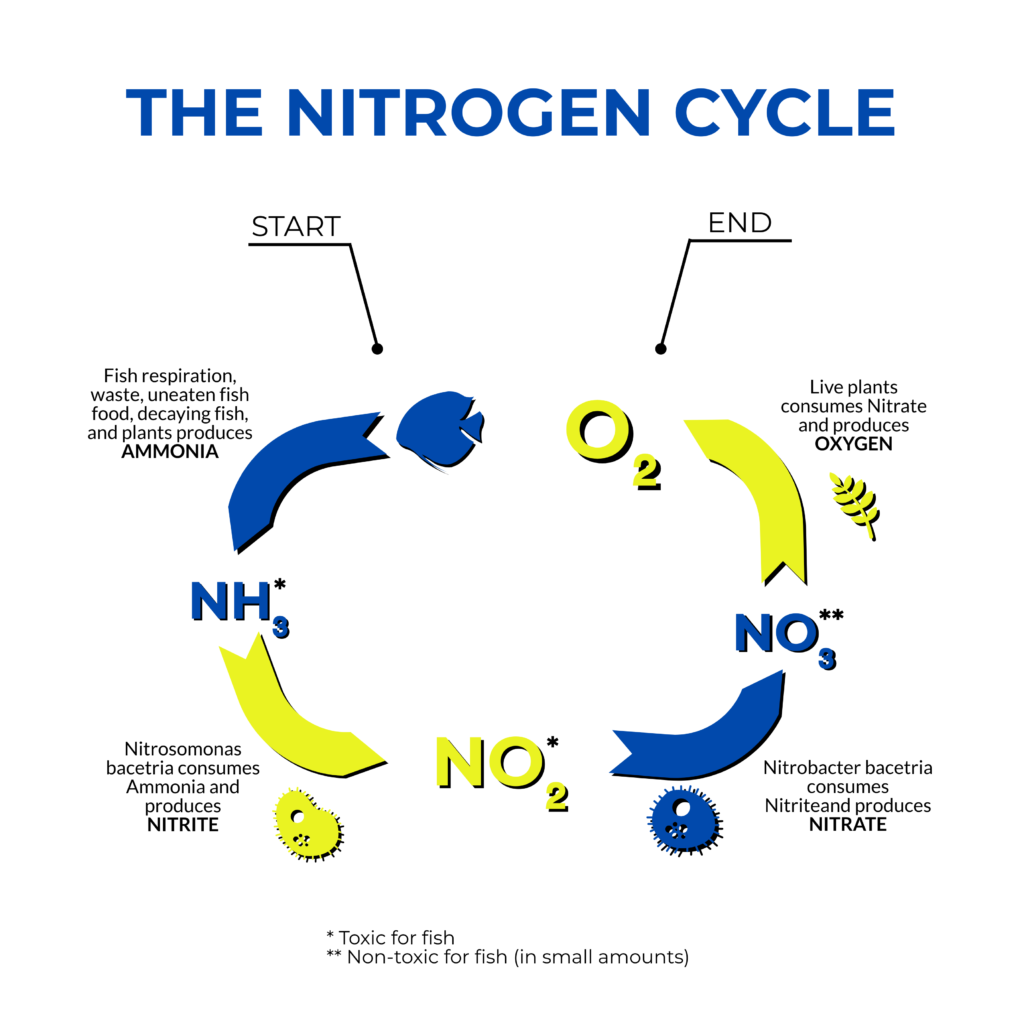
Stage 1: Production of ammonia
You feed your fish, and your fish, of course, produces waste (the circle of life). Fish respiration, poop, uneaten fish food, decaying fish and plants are all examples of organic waste.
Ammonia is present in your fish waste and other decaying organic matter. Ammonia is toxic to fish! It is the most common killer and cause of death in fish aquariums. Ammonia burns their gills and causes them to suffocate due to a lack of oxygen.
You want 0ppm (parts per million) of ammonia in your aquarium!
Stage 2: Conversion of ammonia to nitrite
In this aquarium, there are beneficial bacteria (Nitrosomonas) living on all of your aquarium’s surface areas. These critters can be found in your gravel, on your décor, on your glass, and even inside your filter. Every surface.
This is why having good bio-media in your filter is very important. It creates an increase in the surface area – allowing more beneficial bacteria to grow. For more information about bio-media and how to set up your filters, watch this video on proper media set up.
This beneficial bacteria actually eat ammonia! Isn’t that great? After consuming ammonia, they then produce nitrite as their waste product. Not great… Nitrite is also toxic to fish.
You want 0ppm (parts per million) of nitrites in your aquarium!
Stage 3: Conversion of nitrites to nitrates
Fortunately, another type of beneficial bacteria lives in your properly cycled aquarium (Nitrobacter). These little guys also live on all your aquarium’s surfaces.
The second type of beneficial bacteria eats the nitrite! One bacteria’s trash is another bacteria’s treasure I guess. After consuming nitrite, they then produce nitrate as their waste product. Nitrates are… not toxic to fish (at low levels).
If nitrates are built up in your tank, it will harm your fish and may even kill them depending on your nitrate levels. So keep them as low as possible.
It’s best to keep your nitrates under 40ppm.
Stage 4: Conversion of nitrates to oxygen
This stage can be divided into two parts: 1) applies to aquariums with live plants, and 2) applies to aquariums without live plants.
Aquariums with live plants
Let’s assume our fully cycled aquarium has live plants. Well, as you might have guessed, the live plants consume nitrates. After consuming nitrate, they then produce oxygen. This helps oxygenate the water.
Live plants are essential for limiting nitrate build-up in low-maintenance aquariums (with long periods between water changes).
Aquariums without live plants
Well, if your aquarium does not have any live plants, the build-up of nitrates can be seen as the last stage of the aquarium nitrogen cycle.
So if you don’t have live plants to consume the nitrates, how does a fishkeeper prevent nitrate build-up? Frequent water changes!
Water changes (the secret stage 5)
Eventually, the number of nitrates will build up and can become harmful to the fish in high amounts. If the nitrates reach 40 ppm or more, then you need to remove some of the dirty tank water and replace it with fresh, clean water.
If you think you can get away with never doing a water change, think again. Live plants or not, there will come a time for you to do a water change.
If you want to learn more about how to do a proper water change (and not kill your beneficial bacteria), we recommend you watch this video.
To help you measure the various inorganic compunds in your aquarium, we recommend the API Master Test Kit. This kit provides measuring tools for your aquarium’s pH, ammonia, nitrite, and nitrate levels.
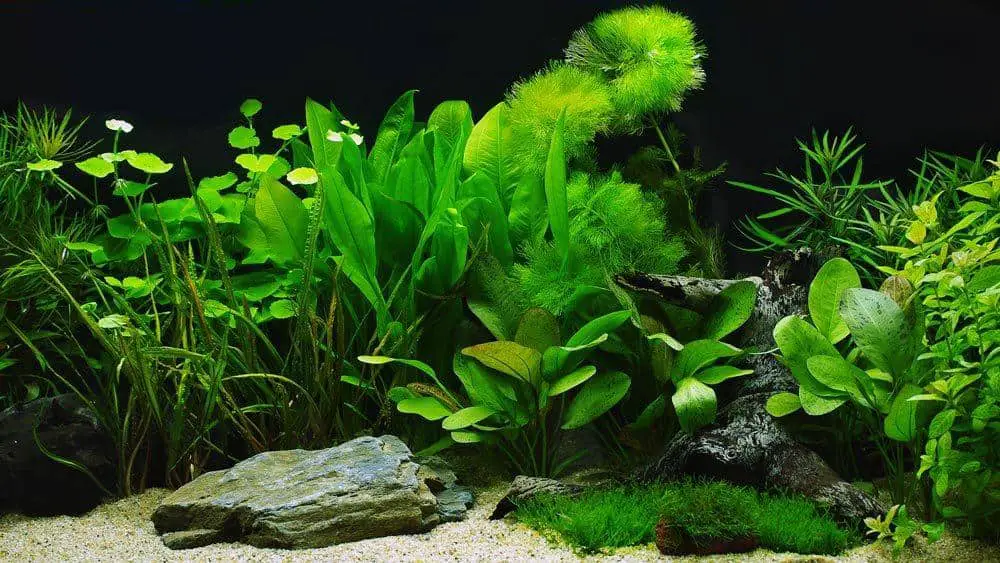
How do you cycle an aquarium without fish?
So if you need fish to start the cycle, how do you add fish to an “uncycled” aquarium to start the cycle? Well, there’s a method known as “fishless cycling”.
How do you do a fishless cycle? First have your aquarium fully set up (water, gravel, décor, rocks, etc.) – everything but the fish.
Method 1: Introduce ammonia to the system
You can introduce ammonia in two ways: 1) Add fish food into your aquarium and let it deteriorate, which will start creating ammonia. 2) Buy actual ammonia in a liquid form and add it to your aquarium. Both these ways require some form of patience.
Method 2: Introduce beneficial bacteria
Alternatively, instead of adding ammonia, you can simply add beneficial bacteria to your aquarium. You can borrow bio-media from another fully cycled aquarium, either your own or from a trusted fishkeeper in your community (just be aware of cross-contamination).
Introducing existing beneficial bacteria to your new uncycled aquarium will help accelerate the nitrogen cycle. When you add your fish and they produce ammonia, the bacteria will be ready to consume the ammonia and nitrites.
Method 3: Introduce nitrogen cycling products
Otherwise, introduce products such as Seachem Stability or API Quick Start that contain live beneficial bacteria. Make sure to follow the proper dosages of each product in your aquarium.
Conclusion
The aquarium nitrogen cycle never ends. Be prepared to do it if you want to keep healthy and happy fish. The process establishes your tank, creating a balanced ecosystem. It repeats itself endlessly in your tank, so you should still regularly test the water and check for ammonia spikes.
Thus, try to remain patient, and keep an eye on the water chemistry.
But we do understand that sometimes life happens and right now you need to cycle an aquarium instantly! To learn more on how you can instantly cycle an aquarium, click here.


